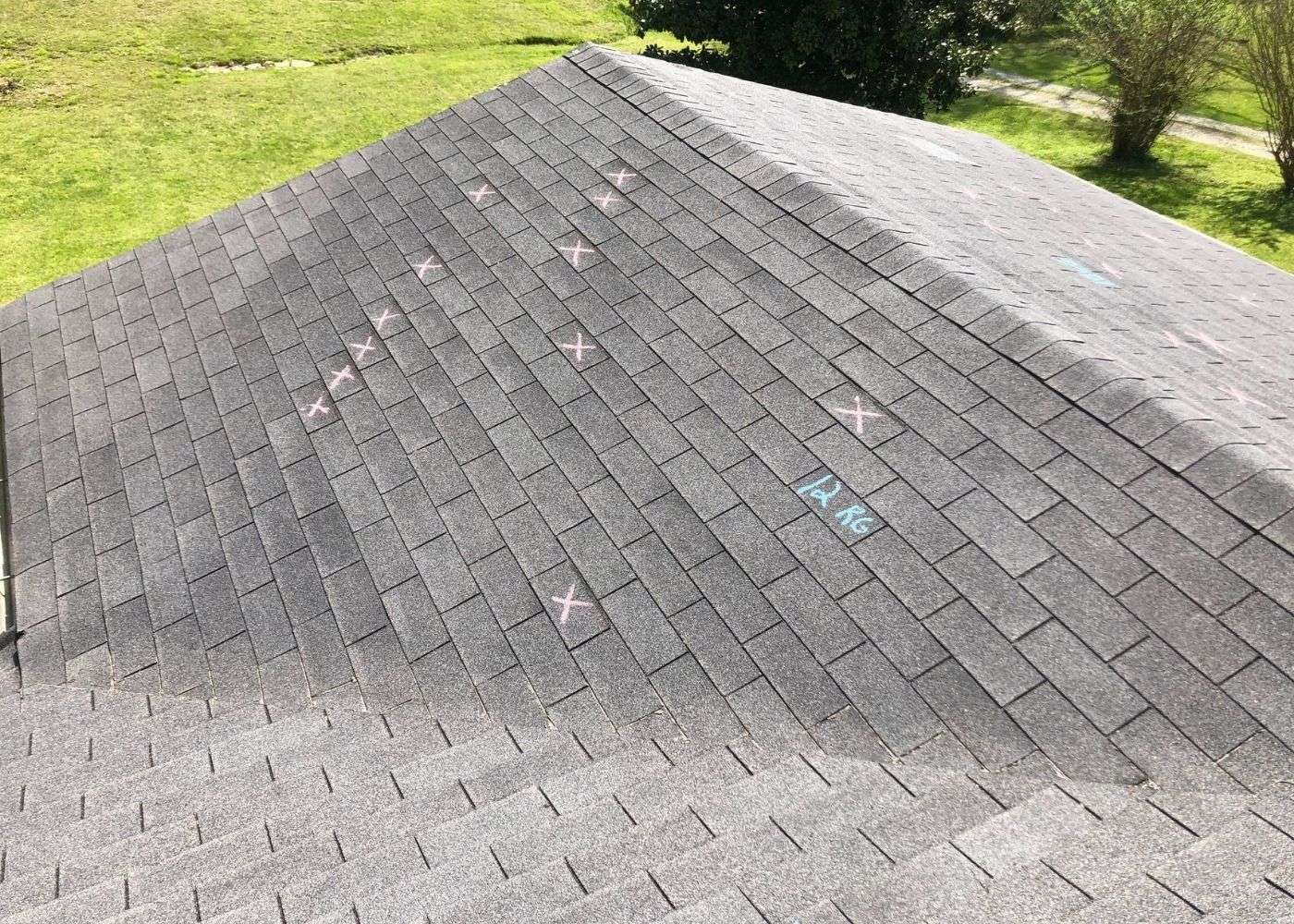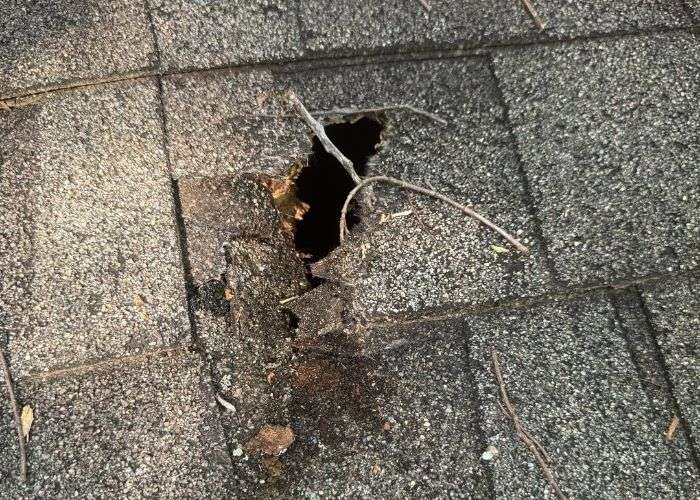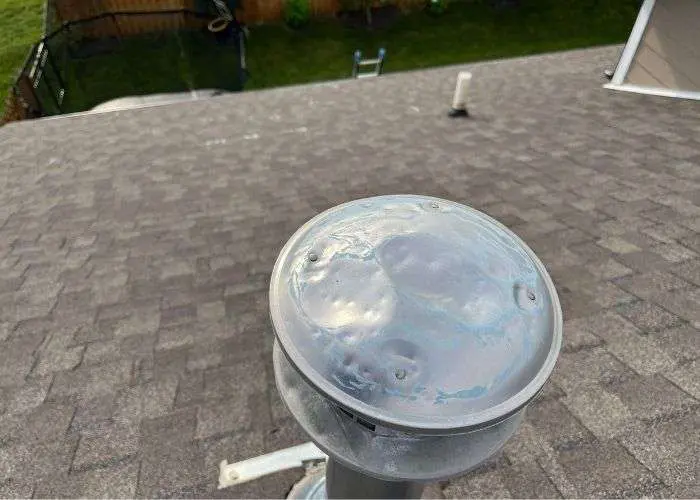The benefits of Reporting Storm Damage for an Insurance Claim

After a severe storm rolls through Tennessee, the last thing you want to worry about is a complicated insurance claim. If your home has suffered from high winds, hail, or heavy rain, you might think being specific when filing your claim is the best approach. However, it’s often wiser to describe your loss more broadly as “storm damage.”
Why? Because storms unleash a variety of destructive forces, and misidentifying the primary cause could lead to frustrating delays, denials, or reduced payouts from your insurance company. This guide will walk you through why reporting general “storm damage” is the smarter route for Tennessee homeowners and what to do after your roof has been impacted.
1. Storms in Tennessee Bring a Mix of Roof Damage
From the plains of West Tennessee to the mountains in the East, storms in our state are rarely a single-threat event. They are powerful, chaotic forces that can leave a wide range of destruction in their wake. For a Tennessee homeowner, this could mean:
- Wind Damage: Strong gusts, common in Middle Tennessee thunderstorms, can rip shingles from your roof, tear away siding, topple fences, and send trees or debris crashing into your home. A professional wind damage roof inspection in Franklin, TN, for example, can uncover hidden issues.
- Hail Damage: Hailstones can dent or crack roofing materials, shatter windows, and damage vehicles or outdoor equipment. Filing a hail damage roof insurance claim in Tennessee requires careful documentation of all affected areas.
- Heavy Rain and Water Intrusion: Prolonged or heavy rainfall during a storm can lead to water seeping through your roof, windows, or foundation. This not only causes visible damage but can also lead to hidden mold and mildew problems inside your home, necessitating immediate attention.
- Lightning Strikes: A lightning strike can cause catastrophic damage, from house fires to frying your home’s electrical systems and appliances.
If you report only hail damage, but the insurance adjuster determines the primary issue was wind, your claim could be delayed or denied because it doesn’t align with their official assessment. Using the broader term “storm damage” ensures adjusters evaluate all possible causes, preventing you from limiting your own coverage.

Wind can cause tons of damage to your roof including shingles, gutters and more.

Hail Damage it often overlooked but does tons of damage to your roof.
2. Your Insurance Policy Might Treat Storms Differently Than Specific Perils
It is crucial to understand how your insurance policy defines and handles different types of damage. Some policies have different deductibles, exclusions, or coverage limits for hail, wind, and general storm damage. For instance:
- If you specifically report hail damage and your policy has a higher deductible for hail, you might increase your out-of-pocket costs unnecessarily.
- Conversely, “storm damage” might fall under a general deductible that is lower or more favorable than what’s applied to specific hail or wind claims.
By describing the damage more broadly, you give your insurance company the flexibility to apply the most appropriate coverage terms, which could save you money.
3. Avoiding Common Insurance Coverage Loopholes
Homeowners insurance policies can be complex, often with hidden exclusions and conditions you may not be aware of. For example:
- Wind damage may only be covered if wind speeds exceed a certain threshold.
- Hail damage might only qualify for coverage if the hailstones are of a specific size.
- Water intrusion from rain could be excluded unless it’s directly linked to structural damage, such as a roof breach caused by wind or hail.
If you mistakenly report only one type of damage, other legitimate issues could be denied due to these policy loopholes. The term “storm damage” encourages a comprehensive investigation.
4. It’s the Adjuster’s Job to Determine the Cause
Insurance companies employ trained adjusters to evaluate the type and extent of property damage. If you report only hail or wind damage, you might unintentionally limit the scope of their investigation. They could overlook water damage, structural issues from debris, or other storm-related problems.
When filing your claim, simply state:
“My home has storm damage from the recent weather event, and I’d like an adjuster to come and assess the full extent of the loss.”
This approach ensures they examine all potential causes and damages, maximizing your chances of a fair and accurate claim outcome.
5. What to Do After a Storm
Experiencing storm damage can be overwhelming. Here are some immediate steps to take:
- Prioritize Safety: After the storm has passed, check for downed power lines, gas leaks, or structural damage before entering your home.
- Document Everything: Take photos and videos of all damage to your roof and property, including any leaks or water stains inside.
- Prevent Further Damage: If safe, take temporary measures like placing a tarp over a damaged section of the roof. Many local companies offer emergency tarping services.
- Contact a Reputable Local Roofer: Before calling your insurance company, get a roof inspection from a trusted Tennessee roofing contractor. They can provide an expert assessment of the damage and help you understand the scope of the necessary repairs.
Your Roofer Is Your Advocate
Involving a trusted roofer from the beginning levels the playing field during the insurance claim process. They act as your expert representative to ensure you receive a fair settlement. A roofer helps by:
- Identifying all damage, including subtle issues an adjuster might miss.
- Meeting the adjuster on-site to ensure a thorough and honest inspection.
- Providing a detailed counter-estimate to prevent a lowball offer from the insurance company.
- Ensuring all necessary work, including updates for local building codes, is included in the claim.
- Arguing for a full replacement over a simple patch when necessary to restore your roof’s integrity.
By partnering with an expert, you protect your interests and ensure you receive the fair and complete settlement you are entitled to.
Reporting Storm Damage: Be Honest, But Keep It Broad
When reporting damage to your insurance company, follow these key tips:
✔️ Be truthful—never exaggerate or misrepresent the extent of the damage.
✔️ Use the term “storm damage” rather than assuming the specific cause.
✔️ Let the adjuster determine what is and isn’t covered.
Taking this approach not only simplifies your claim but also helps you avoid unnecessary complications, ensuring you receive the coverage you need.
Got Storm Damage in Tennessee? Contact Roof MD Today!
At Roof MD, we specialize in helping Tennessee homeowners navigate the often-confusing insurance claim process for storm damage. Our team of independent roofing experts will provide a thorough assessment of your damage, guide you through your claim, and ensure everything is handled smoothly and efficiently.
Let us help you protect your home and maximize your coverage for roof storm damage repair in Nashville, TN, and beyond.

